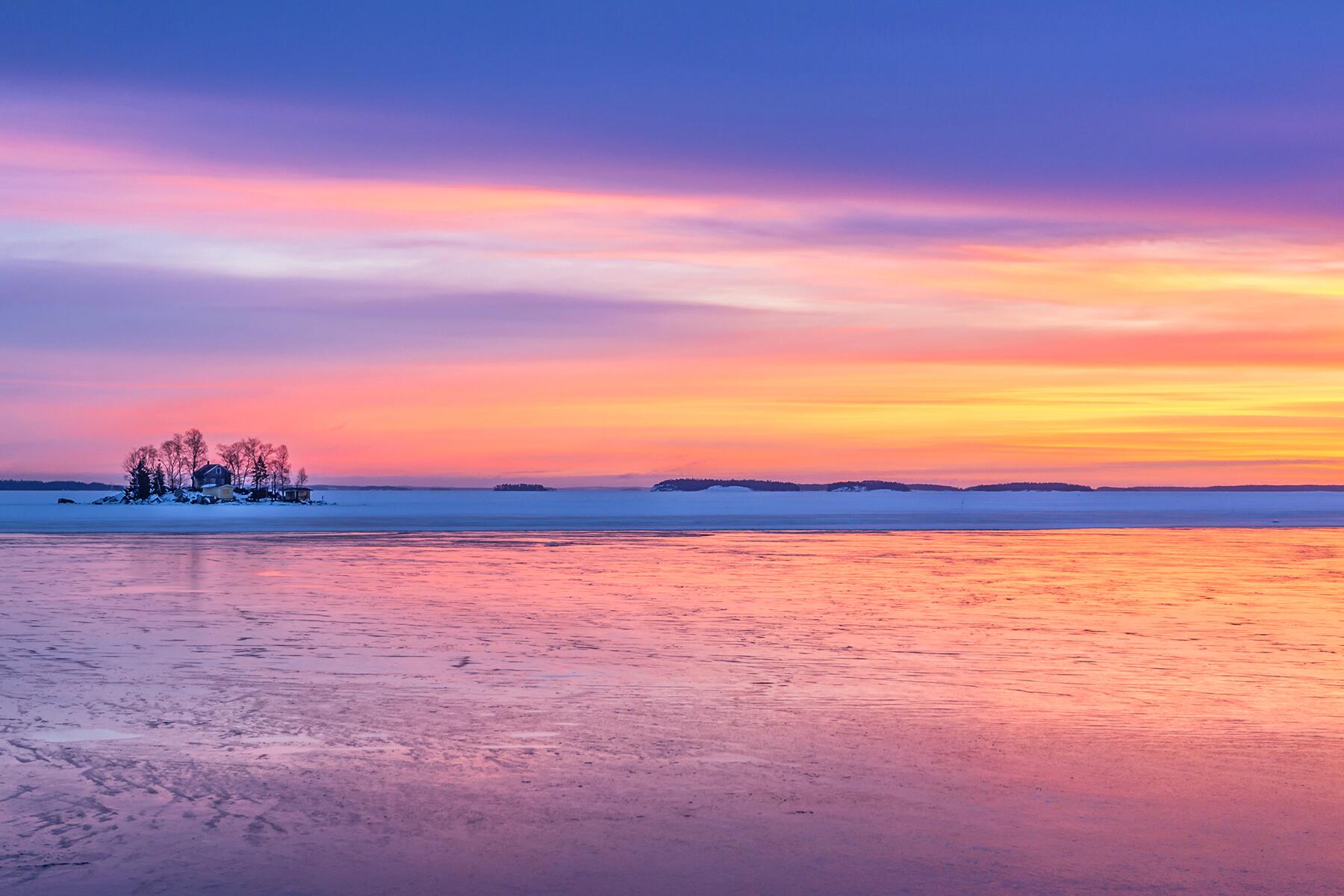Hop in a hot air balloon to soar over the stunning landscapes and abundant wildlife of Busanga Plains in Kafue National Park, Zambia. It’s a safari experience not to be missed.
Busanga Plains, in the northwest corner of Zambia’s Kafue National Park, is among the most remote, beautiful, and little-known safari spots in Africa. The area has just three lodges: Wilderness Safaris’ Shumba Camp, Busanga Bush Camp, and Mukambi’s Busanga Plains Camp, which only welcome guests in the dry season from June to October. Floodwaters submerge the region in the wetter months from November to May, preventing access. When the floods recede, Busanga is a mecca for wildlife and birds. Take to the sky in a hot air balloon for the most magical views of this wildlife wonderland.





